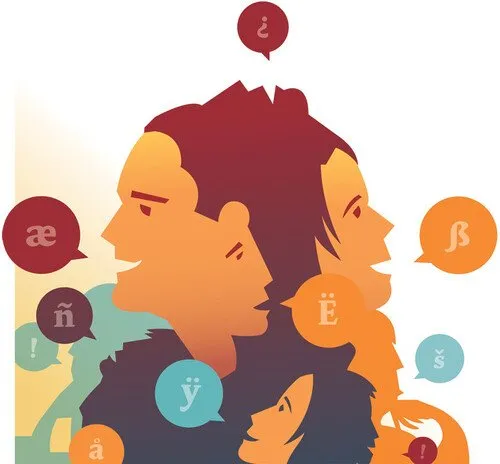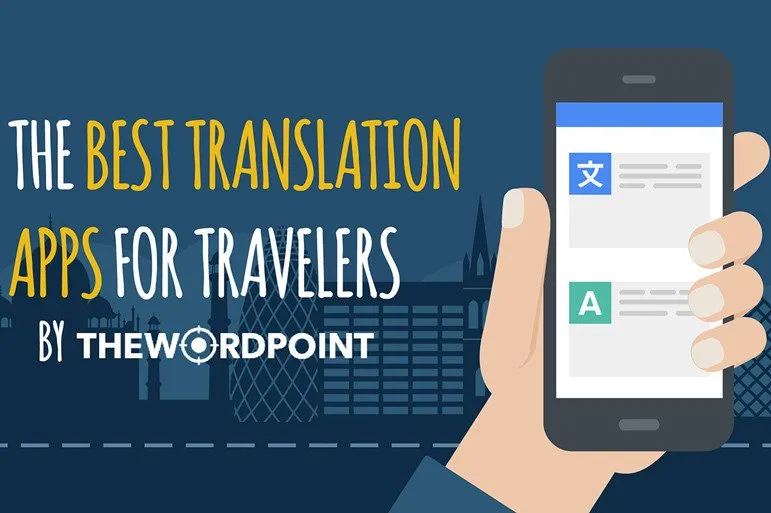
Do You Know How Many Different Languages Are Spoken in China?
How many different languages are spoken in China is a good thing to check when one needs documents translated for a particular local business partner.

If you want to learn how to say I love you in different languages, that’s a pretty easy task. So is learning how to say I love you back. These are common phrases in Romantic and Germanic languages, and the sentiment is common enough that it’s easy to find an interpretation of the term in other language families.
On the other hand, some of lovers’ best words aren’t quite as easy to get a read on. Many are idiomatic in nature, and contain a lot of cultural meaning. For example, how would you translate the phrase, you are the apple of my eye into another language and still retain the meaning and sentiment. According to Google Translate in German it’s Du bist mein Augapfel. But, translate that back into English and you get ‘You are my eyeball.’ Probably not endearing no matter what language you speak.
Unfortunately, there is no rosetta stone to help us to understand cute words in many languages. Sometimes, for example, a word in one language may simply not exist in another language. Let’s go back to the Apple of my eye. Another German translation is ‘mein juwel’. This more accurately describes the sentiment as it literally means my jewel or my treasure.
In any case, it should now be clear that simply translations aren’t the way to express your feelings in another language. It’s much more complicated than that, but it isn’t impossible. If you want to share your feelings with someone special, here are a few tips to try out.

For English speakers, it’s common to learn how to express feelings thru quotes. We may quote passages from romantic literature, funny movie quips, even poetry. This is because art and literature become common ground. Even if we haven’t all seen the movie Jerry Maguire, most of us get what someone means when they quip ‘You had me at hello.’
The difference is, of course, that you have to find an artistic or literary reference that has the same meaning and familiarity. Remember that every culture has their beloved tv shows, movies, and books. Use a proper literary translation, get to know them and you will likely find a quote or reference to help express yourself.
Have you ever wondered how to express feelings by text in another language? As forms of communication have changed, the words and phrases used to reach one another have evolved as well. It isn’t just English speakers who engage in text speak to communicate with one another. The practice is common across most communities that use mobile devices. However, unless you are familiar with pop culture you likely won’t become familiar with that.
Believe it or not, advertising can give you plenty of clues and insights as well. After all, advertising is designed to hit you right in the feelings. Advertising copywriters know just what to say or write to to get people upset, excited, angry, or passionate. They use romance and a variety of other devices to make their points.
While you probably shouldn’t quote advertisements directly, you can learn from them what people are passionate about. That’s a good thing.
Read also: How to select the best Italian to English translation services online?
Code switching is a technique used by multilingual people to best communicate their thoughts and emotions. Essentially, they may switch back and forth between languages if they believe they will be best understood in one particular language over another.
This article gives the specific example of a Finnish parent speaking English to express love to a child. It’s simply more effective to do so in English because it’s more natural to express direct emotions. The words are simply there. More importantly, the emotions behind those words are more clearly conveyed.
In many cases, you don’t even need to have language mastery to understand the message being communicated. Words, combined with passion and emotions can have a huge impact. For example, food passion romance and other emotions may be expressed through Italian, French, German and other languages.
Read also: How you will benefit from using an accurate German translation service?
Sometimes, you may have to reach beyond language in order to truly communicate your feelings. Sometimes it takes a gesture or an experience to convey what you want to say. A hike to see a beautiful natural landmark, a home cooked meal, a bunch of hand picked flowers, even an act of service such as cleaning someone’s home for them can all go a long way towards telling them that you love or value them.
If you are fortunate enough to live among people who speak the language in which you are trying to express yourself, the best way to learn is to simply watch and listen. What words and phrases are commonly used to express emotion. What do people say when they are angry, sad, or upset. How do people who are close friends or clearly romantically involved address one another.
If you don’t have personal contact with anyone, the internet is your best bet. Follow blogs and online publications in that language, but be sure they match your target age range and interests. Look for metaphors, slang, catchphrases, and pop culture references. This will help you to learn how the language is used to express emotions.
Read also: What makes our document translation services the best on the market?
It isn’t always easy to find the right words to express your feelings. This is true even when it’s your native language. Things become even more difficult if it’s a different language altogether. The best way to communicate is to hire a translation agency online. Also you can learn as much as possible about the language and culture in which you are trying to communicate. Then, learn to recognize if actions or another approach may be better.

How many different languages are spoken in China is a good thing to check when one needs documents translated for a particular local business partner.

Running a business and being successful at it often requires meeting people from all around the globe and doing business with them. Although you have the best possible intentions, it may happen that a business negotiation with someone from a different culture simply goes in the wrong direction and you fail to seal the deal. The reason behind it might be cultural differences.

Being a native speaker or simply knowing English can save you a lot of time, nerves and money when traveling.
Your personal account was created successfully. Login details were sent to your email.
Thank you for choosing our service!
You have registered your account successfully!
Your application was sent to our
HR Departament.
Get prepared to pass several proficiency tests to prove your skills as we hire only the best experts to deliver the best quality to our Clients. We will contact you soon for futher instructions